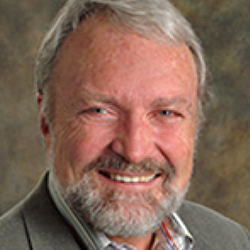Shakespeare’s Juliet famously asked what’s in a name, but for at least one thought leader in the clinical trial space, names do matter. A lot.
“Please don’t call them ‘virtual trials,’” said Steve Cummings, Director and SF Coordinating Center Professor of Medicine and Epidemiology at UC San Francisco. No, it’s not that he doesn’t believe in the concept. He’s actually had a hand in three large, direct-to-participant (DTP) trials over the past 20 or so years.
Instead, Cummings worries the virtual trial moniker is misleading and perhaps discouraging participation. “They aren’t virtual trials,” he said. “The patients are real and [the] relationships are essential.” Further, don’t label them “internet-based,” he said. “DTP trials use other means besides” the web, he noted.
True DTP trials are distinguished by at least two main features: There are no physical clinical sites and there is no geographic limit on recruitment, Cummings said.
“The concept works,” he said. The U.S. Food and Drug Administration and most institutional review boards are very supportive of advancing DTPs, as well, he added.
He stressed the importance of several key pillars of DTP success: Simplify protocols whenever possible, involve participants in planning early and often, and devote time to getting electronic informed consent right.
Cummings spoke at the Direct-to-Patient Clinical Trials conference in Philadelphia today (August 8), sponsored by CBI.
Author: Michael Causey



